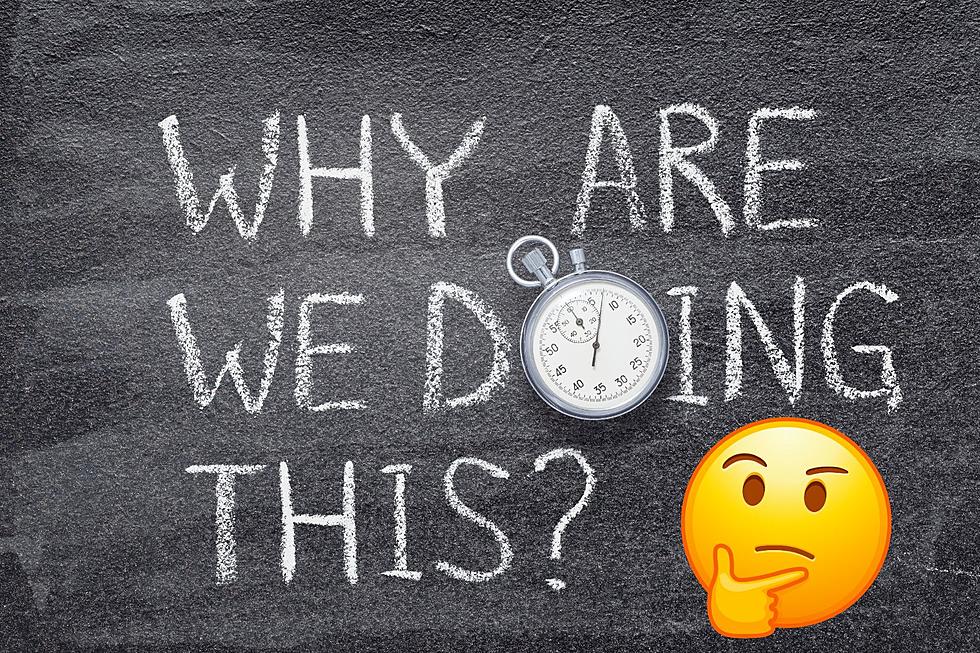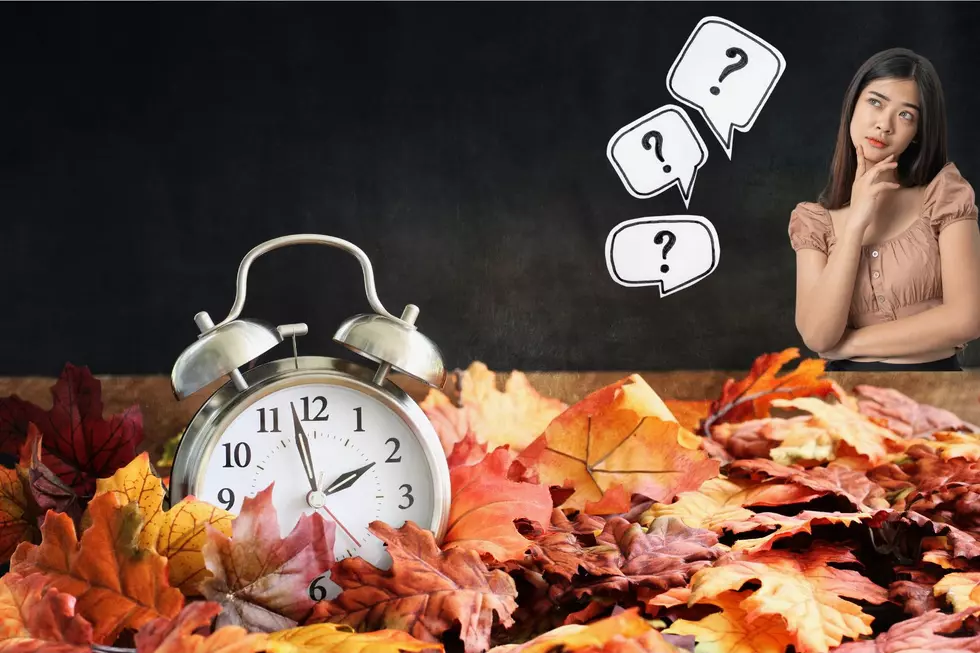
Will 2022 Be The Year Indiana Makes Daylight Saving Time Permanent?
The weather is getting cooler, and the days are getting shorter. Here in Southern Indiana, that is also a sign that it is almost time to 'Fall Back'.
Why Do We Fall Back and Spring Forward?
I have never understood the concept of losing an hour, and then gaining it back in the next season. That's probably because I was not alive in 1918. The Germans thought it would be a good idea to extend the hours of daylight during the war. They could save on fuel power this way. The United States decide to do the same thing. But, after World War I, it was up to each state.

Trains and Time
The United States decided to put the power of time zones into the hands of the Department of Transportation. They need to be able to regulate them so that trains don't start colliding in chaos.
Standard time is the local time in a country or region when Daylight Saving Time (DST) is not in use.
U.S. Department of Transportation | Daylight Savings Time
When Do We Fall Back?
Sunday, November 6, 2022 at 2:00 AM, we will 'Fall back' one hour.
Sunshine Protection Act of 2021
In March of this year, the Senate passed the Sunshine Protection Act of 2021.
To make daylight saving time permanent, and for other purposes.
Be it enacted by the Senate and House of Representatives of the United States of America in Congress
This is not in effect yet. It is still waiting for approval from the House of Representatives. It's basically in limbo right now. If it it ever approved by the House, it will go to the President for his official seal of approval. The earliest this could happen would be November, 2023.
In March of 2022, 28 states were on board with the change. Indiana was not on that list. So, we will continue to wait and see what happens to the Sunshine Protection Act.
What Do The Sleep Experts Think?
Experts with the American Academy of Sleep Medicine are in full support of adapting a year-round standard time. The video below shows data and answers questions about the health risks of the gaining and losing an hour twice every year.
The period of the year between spring and fall, when clocks in most parts of the United States (U.S.) are set one hour ahead of standard time, is called daylight saving time (DST), and its beginning and ending dates and times are set by federal law (the second Sunday in March at 2:00 am and the first Sunday in November at 2:00 am, respectively), while the remaining period between fall and spring of the following year is called standard time.
The Top 10 Most Popular Types of Halloween Candy in America
LOOK: What major laws were passed the year you were born?
More From My WJLT 105.3








![Young Kentucky Man Sings Duet on Stage With His Favorite Christian Artist [Watch]](http://townsquare.media/site/782/files/2024/05/attachment-Mitchell-and-Chris.jpg?w=980&q=75)
